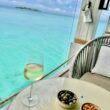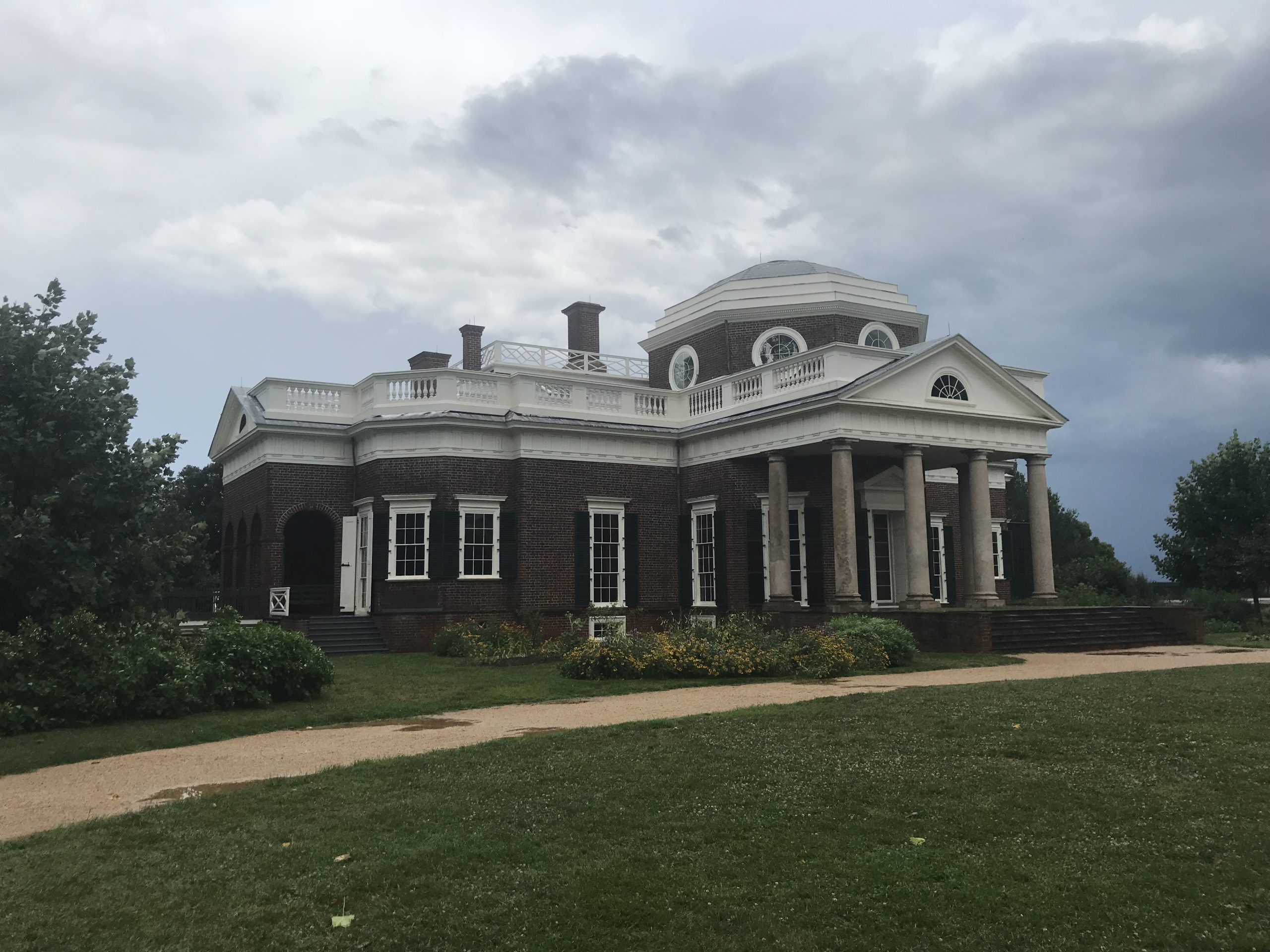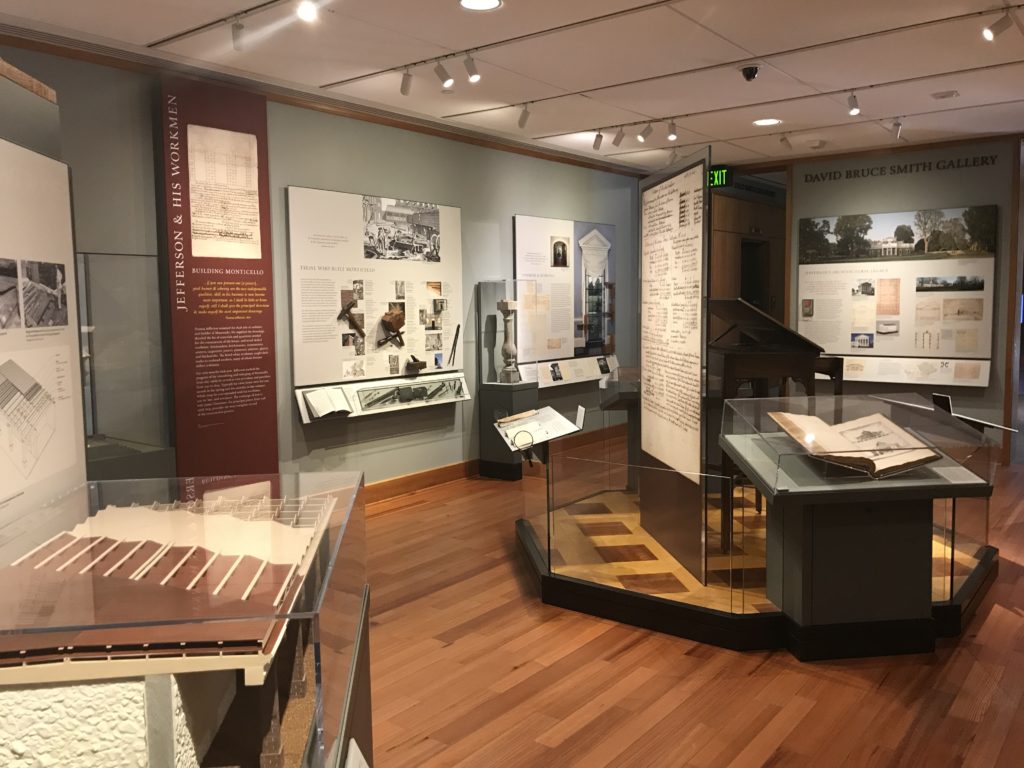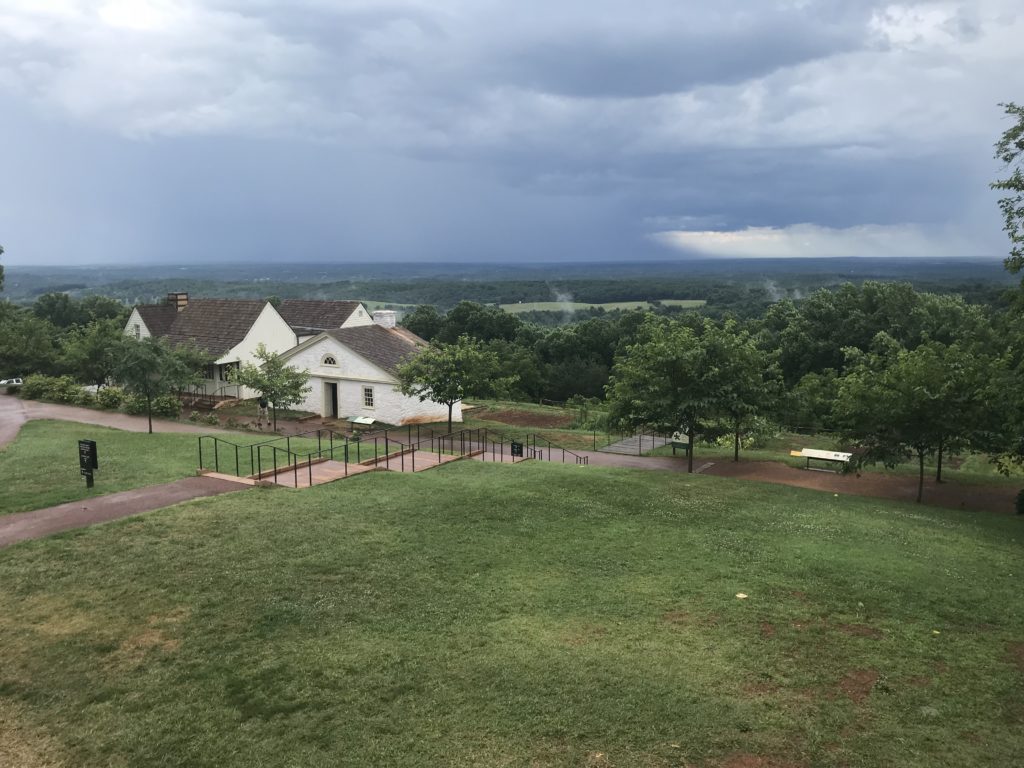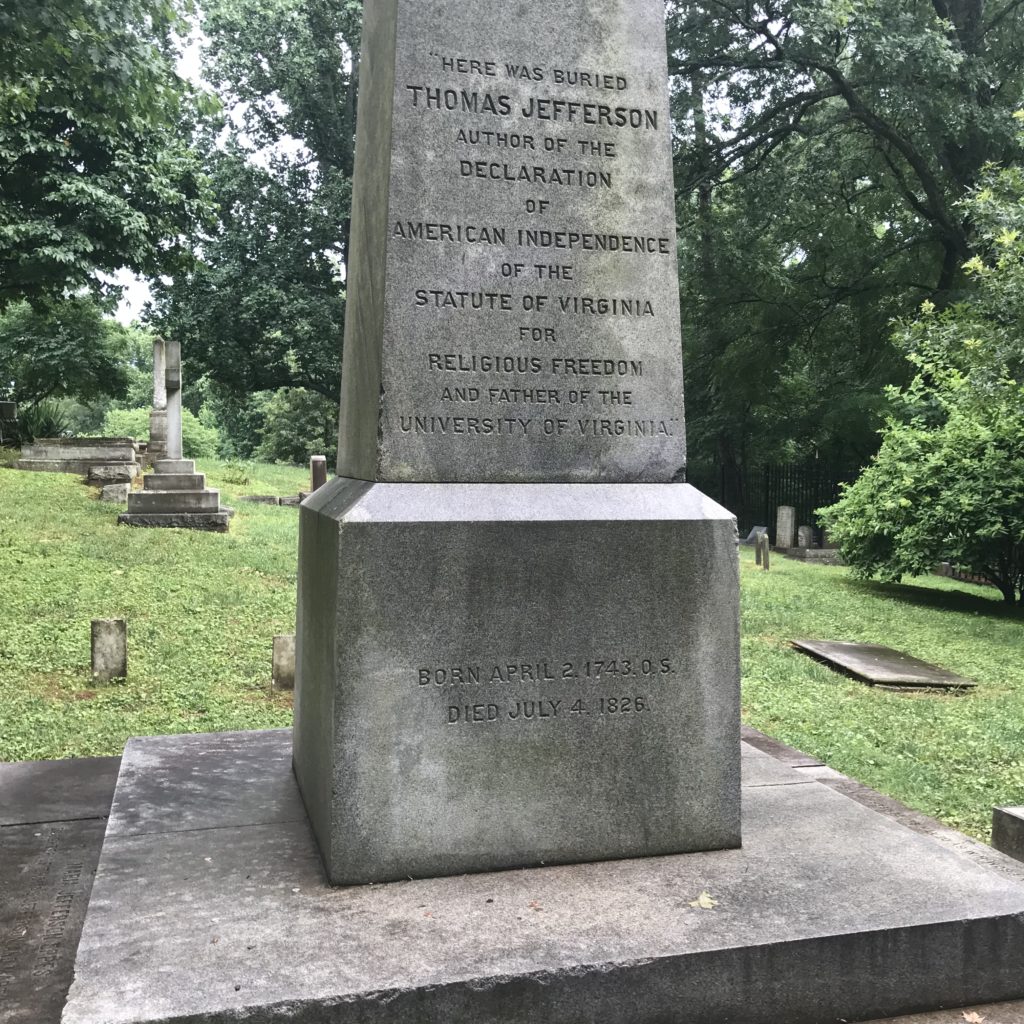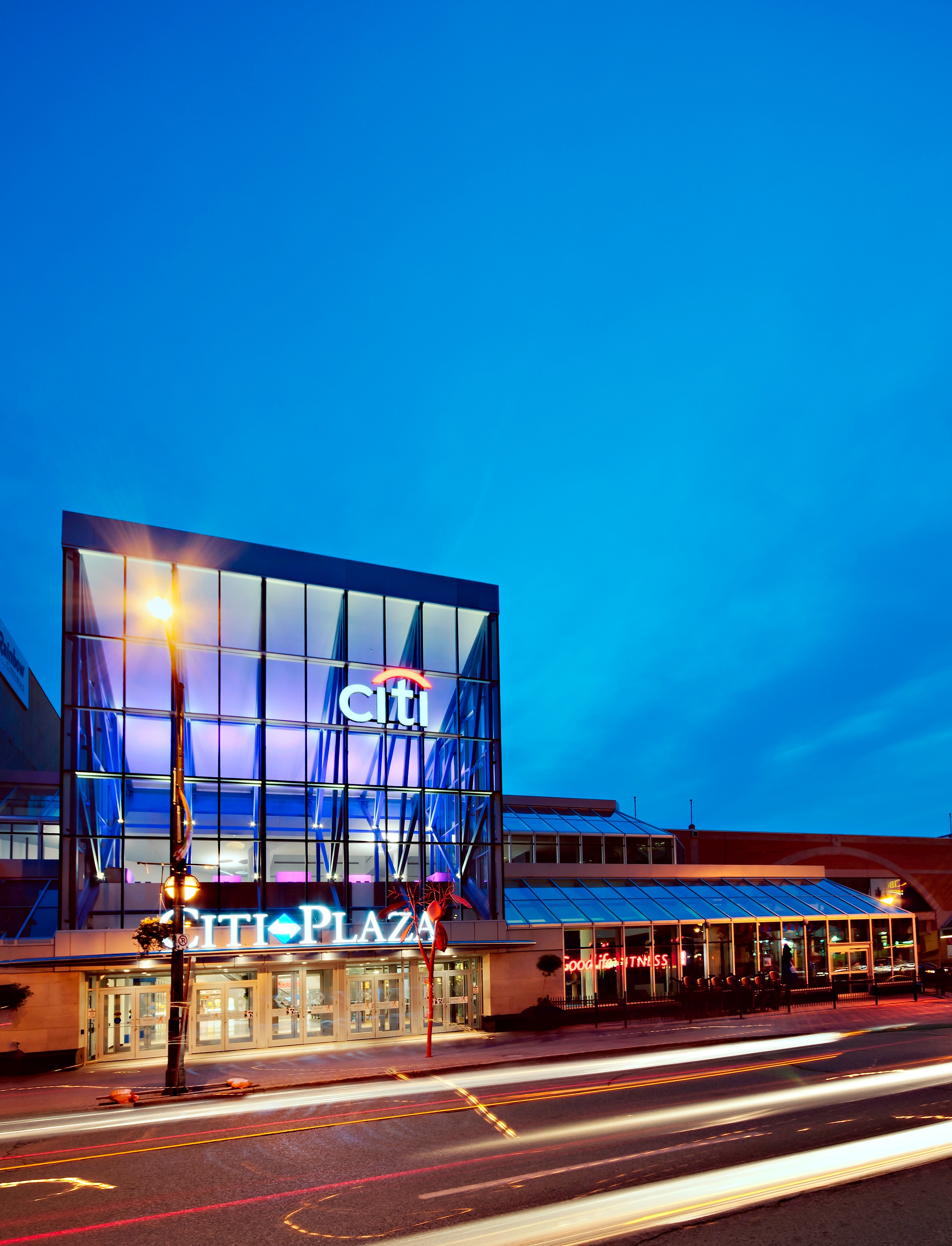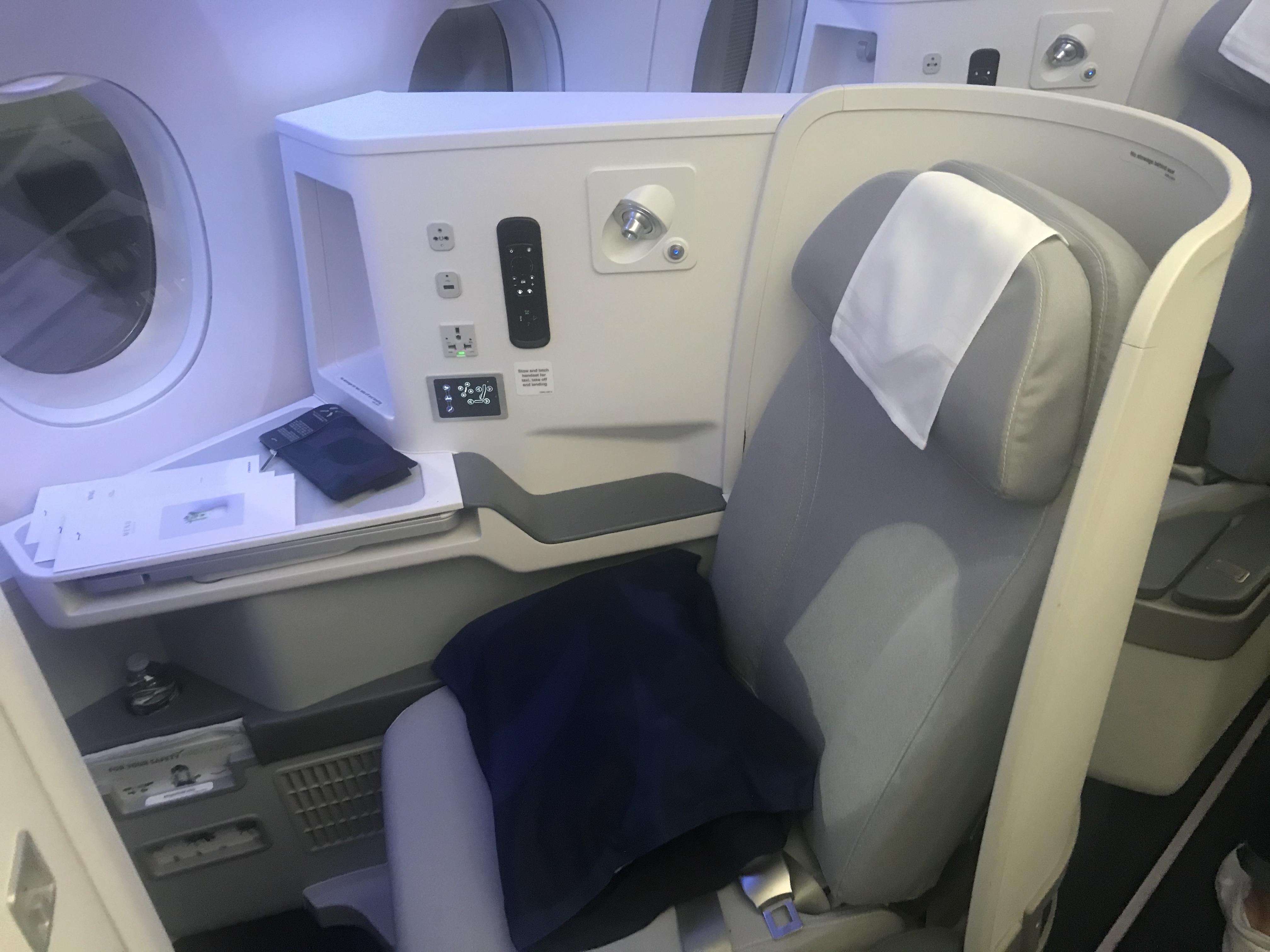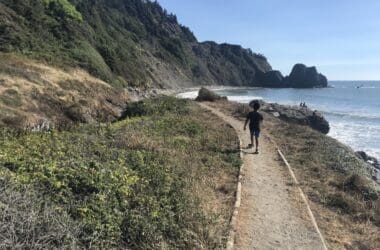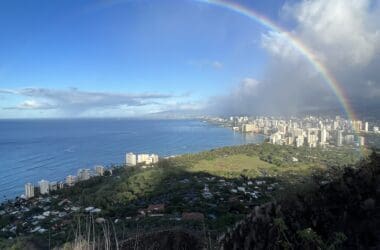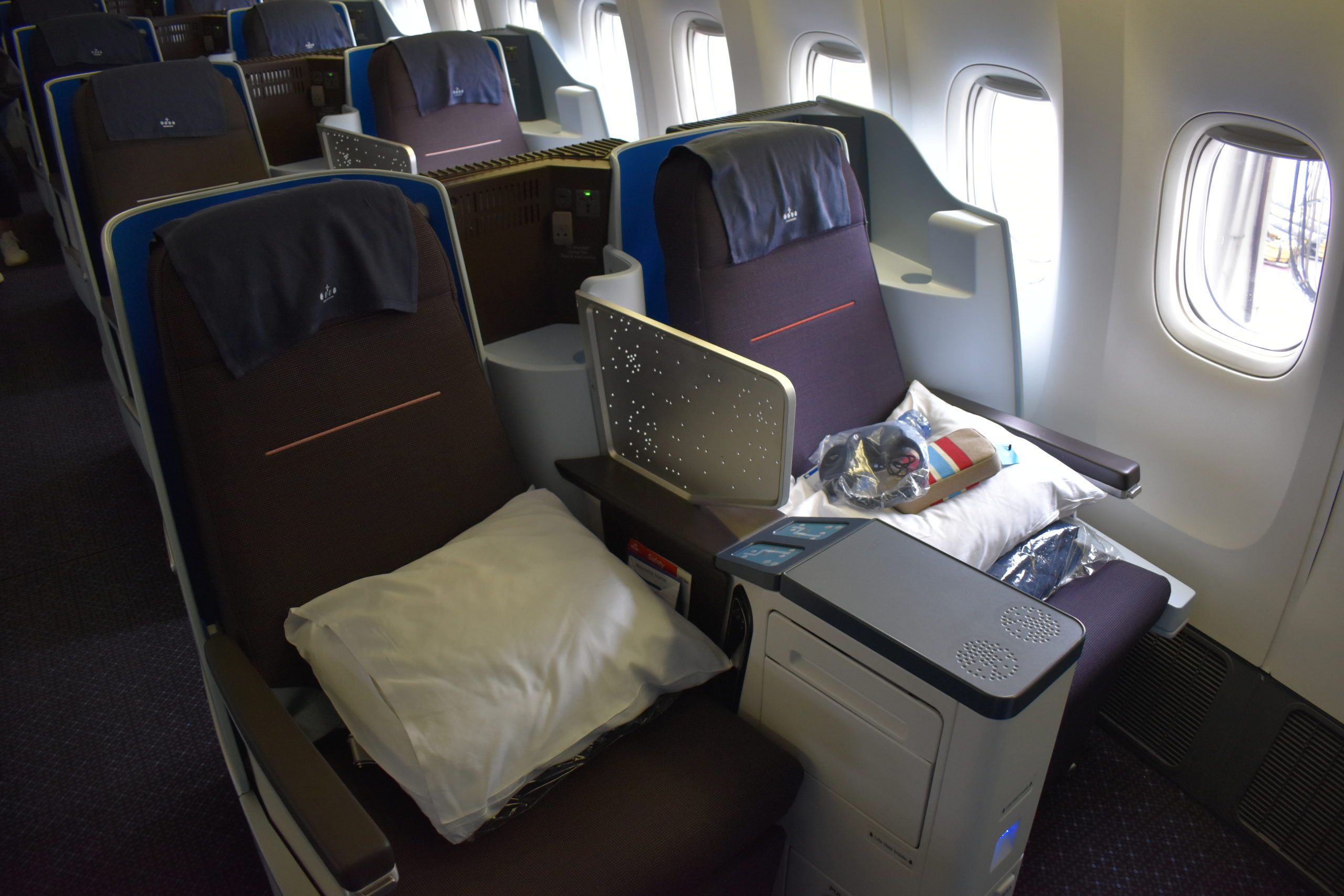I’ve visited western Virginia on business several times during the past couple years, typically with a busy schedule that doesn’t leave me much time to myself. However, after all-morning meeting in Charlottesville during one of my trips, I found myself without any pressing issues to attend to and half a day to kill. Visiting Monticello, the hilltop estate that once belonged to Thomas Jefferson, sounded like an excellent idea. I was staying at the Comfort Inn Monticello, just a couple miles from the historic site.
Planning a Visit to Monticello
Monticello is located to the south of Charlottesville, on the “best piece of Virginia soil.” Or so the founding father would have told you. Once you get to the top of the hill and take in the view, you’ll realize his claim might not be far-fetched. Monticello is about 15 minutes from the rest of Charlottesville and the University of Virginia. If you’re coming from the D.C. area, the drive is about 2 hours.
Following the signs from the freeway (or directions from Siri), you’ll arrive at the main parking lot near the visitor center. Parking is free. From there you can walk to the visitor’s center. I didn’t remember any of this from my previous visit. Turns out this new visitor center was finished a couple years after I first visited Monticello back in 2005.
Entry costs $29 per adult. I’d not looked up pricing ahead of time, and I was taken aback by how steep it is. If you’re interested in experiencing this piece of our country’s history, though, it’s worth it. Children (12 to 18 years) can visit Monticello for just $10, and those younger than 12 are free. Currently, you need to purchase tickets online rather than at the ticket office due to COVID-19. Those age 10 and older also need to wear a mask while visiting Monticello.
Prior to the tour you can watch a movie about Jefferson in the visitor center. There is also a museum in another building, cleverly designed so that you finish right at the bus stop. I really enjoyed the museum.
Budget Plenty of Time for a Tour and Walking the Grounds
Either before or after your tour of the house, make sure you walk the grounds. The garden behind the home is nice, and if visibility is good, there are great views out to the west from the hill. Tours start regularly, and as long as you don’t arrive near the end of the day when their are only a couple left, you can plan to walk around before you take the tour. Your ticket will be for a specific tour time.
Monticello itself isn’t especially large, at least not as large as I would imagine a grand estate of a former president to be. Maybe it was because we only toured one floor. You unfortunately cannot see the second of third stories. You can, however, visit the underground level, which includes the wine cellar and carriage house.
The tour starts on the front lawn, or, in our case, the front porch. There was a squall quickly headed our way, and our group made it to porch just as it started pouring. It poured outside during the entirety of the 50-minute tour.
Our tour guide’s name was Zella, and she was extremely knowledgeable about Jefferson and his estate. Our group was also graced by an 11-year-old kid who asked a multitude of questions, allowing her to explain even more about the house.
Remarkably, Monticello contains a great number of its original items, thanks to Uriah Levy. Levy was a Jewish-American who deeply admired Jefferson for his commitment to freedom of religion as one of our fundamental rights. When an estate sale was held to pay Jefferson’s debts, Levy purchased many of the items, later acquiring the estate itself. He owned Monticello for 90 years. Many of the items he collected are even placed in their original locations, thanks to a map drawn of the home by Jefferson’s granddaughter.
I don’t want to spoil the entire tour for you, but these are definitely some of the highlights. Jefferson wrote a copious number of letters, and thanks to an amazing invention of the time called the polygraph (of which he had 3), posterity is fortunate to possess a collection of over 19,000 letters he wrote. He also had a series of pets, always the same animal, and always named “Richard”. You’ll have to take the tour to find out what it was.
I’m sure you also know that Jefferson died on July 4, 1826, fifty years to the day after the signing of the Declaration of Independence. His last words were, “is it the fourth?” Sounds like someone was holding out until this anniversary to leave this world. More trivia you may already know: John Adams died the same day.
Lastly, the hall contains a bust of Hamilton. If you’re familiar with the history of the time, you’ll know that Jefferson and Hamilton weren’t exactly mejores amigos. When asked why Hamilton was among the multiple busts in his hall, he purportedly replied, “we will be opposed in death just as in life.”
Once done with your tour, don’t rush off. Walk the grounds if you didn’t do so before. The estate is lovely from the outside as well.
Take in the Architecture Visiting Monticello
Thomas Jefferson was a self-styled architect. His study of classical architecture comes to life in his house. The estate was designed, built and remodeled over quite the span of years. Different rooms feature different periods of classical architecture. You can get a better understanding of each of these in the museum at the visitor center area, which you should visit before you tour the home.
Jefferson was also a naturalist, historian, writer and lawyer, among other professions. The collection of Native American artifacts displayed in the house is impressive, and it is little wonder that he was the president who finalized the Louisiana purchase and commissioned the Lewis and Clark expedition.
One thing Jefferson hated was wasting space, and this is a distinct element of Monticello’s design. His bed is sandwiched in a nook between what is a bedroom and a study. In order that the space above wasn’t rendered useless, he turned it into a closet that you access with a ladder. The staircases are also impressively small and narrow, a far cry from what you’d expect in such a stately home.
I would have taken photos, but the nonprofit organization that runs the home requests that no photography be taken. In the age of smartphone cameras, it must be rather hard rule to police.
Walk the Forest Path at Least One Direction
Although there is a shuttle between the visitor center and the house, make sure you walk the path. You’ll get to enjoy both the forest and grounds even more, and you’ll also get to stop at Jefferson’s grave. He and members of his family are buried in the small family cemetery down the hill from the house.
The trail is only a half mile, and it’s an easy walk. If you only want to go one direction, I suggest taking the bus up the hill to Monticello and then walking back down to the visitor center.
Final Thoughts on Visiting Monticello
Monticello is an amazing piece of history from the early days of our nation. It’s an absolute miracle that the house is in such excellent condition and that it contains so many original furniture pieces from Jefferson’s day. The cost of visiting Monticello is a bit steep, especially for a family. But if you’re in the midst of studying our country’s history, there is nothing better than experiencing it directly!

